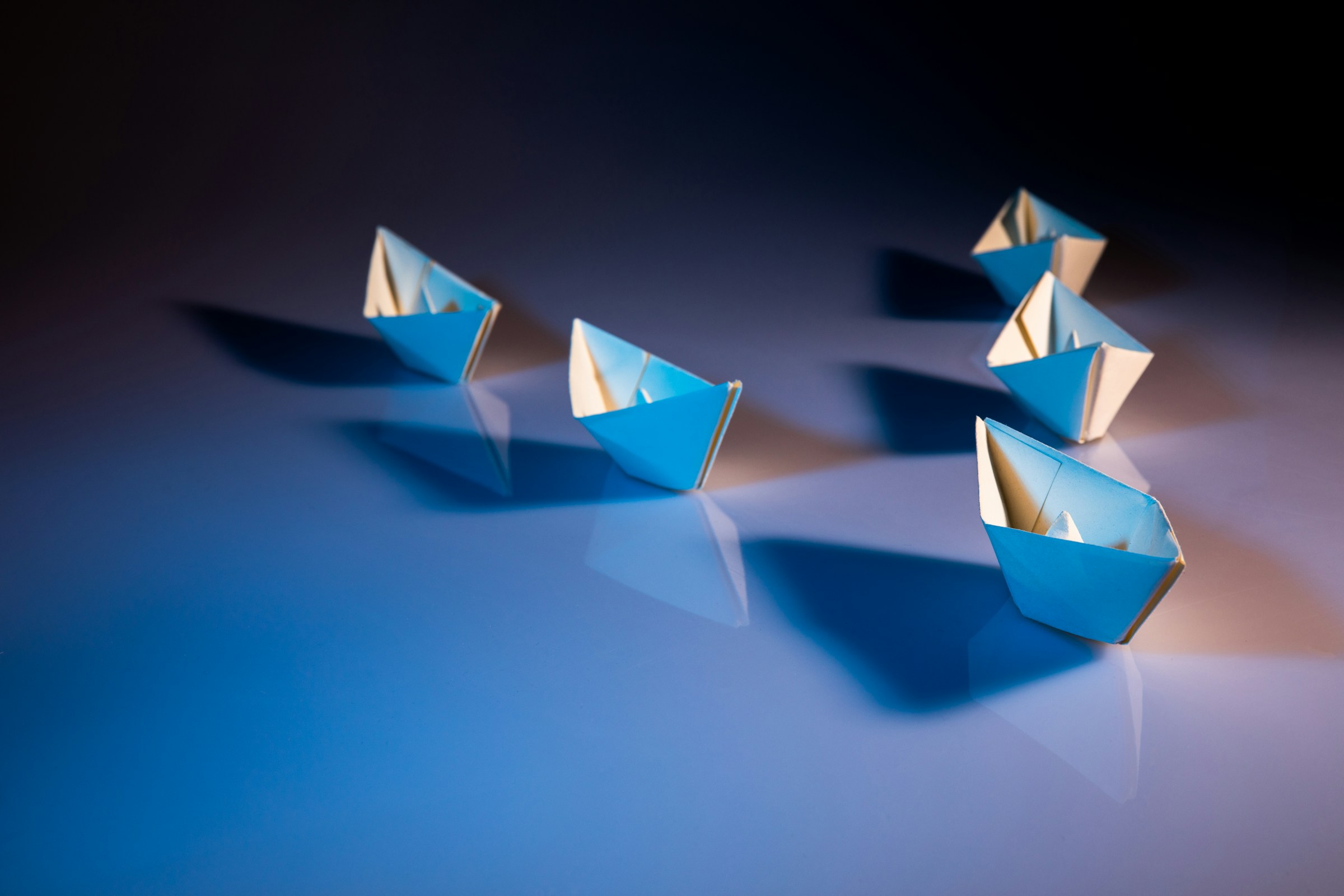

The choice of what you want to influence
What you choose to influence shapes you
In an everyday life full of noise, rapid change and uncertainty, it's easy to feel overwhelmed. But maybe power isn't about being in control of everything - maybe it's about choosing what you want to use your powers on. Here are some perspectives that can make both the workday and life easier, well rooted in psychology and management theory.
Respond or respond?
We're constantly triggered, it could be an email with the wrong tone, a colleague nagging, or a customer pulling you in all directions. It is quick to respond with annoyance. But what happens if you stop before answering?
Reactions are often automatic, emotion-driven, and rapid. Responses are something else, conscious choices, coloured by experience, values and prudence.
As Viktor Frankl put it so strongly:
“Between stimulus and response, there is a space. In that space lies our power to choose our response. In our response lies our growth and freedom.”
Next time you feel it boiling, take a breath, or wait until the next day. Not to fail to do anything, but to be able to choose wisely. That small space can make all the difference, both as a leader and a fellow human being.
Ownership provides energy
It's easy to blame others when things go wrong. On the boss. On the system. Anything you don't care about. But thinking like that drains you of energy. Taking ownership, on the other hand, gives you power.
Taking responsibility for your own choices doesn't mean everything is your fault. It just means you choose to spend your energy where you actually have influence.
Stephen Covey called it the circle of influence - and reminded us to distinguish between what we can do something about and what we can only get annoyed about.
In practice: Ask yourself - What's the next thing I can actually do now?
What you think matters more than you think
We like to think that it's the big things outside of us that shape our everyday lives. But a lot of what really makes a difference lies within your own circle of influence:
• Your mood? You can influence that with sleep, movement and how you interpret what is happening.
• Your habits? Small, everyday choices build strong patterns over time.
• Your actions? Even when you can't control everything around you, you can choose how you face it.
There's a good picture on this: You can't control the wind, but you can adjust the sails. And that is precisely what builds direction, momentum and confidence - in both life and the leadership role.
Three small grips to apply the circle of influence in everyday life:
• Make yourself a pause button: When you notice that you are about to react, count to fifteen before responding.
• Ask yourself the question: What can I actually influence today? Write it down.
• Choose one habit you want to strengthen: Maybe it's giving a colleague a little acknowledgement, or setting aside five minutes to reflect before the day starts.
Working with your own circle of influence is not only an inspiring thought, it is also a powerful tool, supported by research and experience. When you take ownership of your reactions, choose consciously, and focus on what you can actually do something about, you create both better days and a more energizing way to be a leader.
References
Victor E. Frankl: “Man's Search for Meaning”
Stephen R. Covey: Yeah. “The 7 Habits of Highly Effective People” (circle of influence)
James Clear: Yeah. “Atomic Habits”
Charles Duhigg: Yeah. “The Power of Habit”




.JPEG)